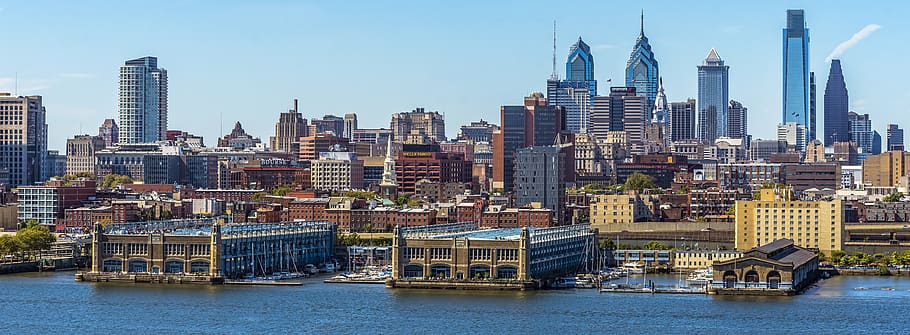
Philadelphia assures residents drinking water is safe after a chemical leak
Tests have showed no signs of contamination, officials said, but skeptical Philadelphians made mad dashes for bottled water.
| March 28, 2023
Philadelphia officials on Monday sought to reassure skeptical residents that the city’s drinking water was safe for consumption days after a chemical leaked into the Delaware River, prompting questions about the city’s response and setting off a panic buying of bottled water.
In a news conference on Monday evening, city officials repeatedly said that no traces of contamination have been detected in 40 tests and that the water that was currently available had been treated and was safe to drink and use for bathing, cooking and washing.
Officials said a “conservative estimate” is that the water contamination issue would be completely resolved by next week and potentially as early as Thursday. Officials said on Tuesday morning that the water was safe to drink through at least 11:59 p.m. on Wednesday based on the amount of water it had taken in, tested and treated.
City leaders said they would provide further updates.
All of this began late on Friday, after an “equipment failure” at Trinseo PLC, a chemical plant, caused a leak of about 8,100 gallons of an acrylic polymer solution into Otter Creek, a Delaware River tributary, in Bristol Township in Bucks County, Pa., according to government and company officials.
On its website, Trinseo said some of the material overflowed its on-site containment system and then entered a storm drain, where it flowed into Otter Creek and then the Delaware River.
“Because the material is highly water soluble, and the release coincided with a period of rainfall, the material dissipated quickly in the water,” the company said, adding that it voluntarily paused all operations at its facility while it investigated what happened.
The episode underscored the delicate balance that exists among industries along the Delaware River, its recreational and commercial users and the millions of people who rely on it for drinking water.
In an advisory on Sunday, the Philadelphia Water Department raised the possibility that residents might consider buying bottled water out of abundance of caution because, the authorities said at the time, they could not be “100 percent sure that there won’t be traces of these chemicals in the tap water throughout the afternoon.”
That statement, coupled with the fallout of a chemical spill in a derailment in East Palestine, Ohio, last month still fresh in people’s minds, set off a mad dash to swoop up bottled water.
Videos on social media on Sunday showed shoppers filling carts or grabbing bottled water by the armload in a frenzy of buying. Customers buying cases of water stood on a long line at a Target in Philadelphia.
Such bulk purchases of plastic bottles pose a potential problem all their own, Kelly Knutson, director of the Coalition for the Delaware River Watershed, said in a statement.
“The Delaware River Watershed should be a trusted and reliable place to fish, swim, and obtain our drinking water,” Knutson said. “This spillage and potential for contaminated tap water have ultimately created a dependence on single-use plastics as impacted communities turn to plastic water bottles, which if not properly recycled, can end up in water systems and pollute them even more.”
Officials went to great lengths to reassure residents about the water’s safety.
Michael Carroll, Philadelphia’s deputy managing director for transportation, infrastructure and sustainability, said at a Monday evening news conference that tests have relied on mass spectrometry, which measures contamination in single parts per billion, and infrared microspectroscopy, which could detect single particles of contamination.
Two of the chemicals released were butyl acrylate and ethyl acrylate, both colorless liquids with an acrid odor that are used for making paints. Butyl acrylate was among the hazardous materials on the train that derailed in Ohio.
Philadelphia officials said that the threat of water contamination was diminishing over time and that there was no evidence of chemical plumes in the Delaware.
Still, social media commenters expressed skepticism about what city officials were saying and criticized what they said were confusing or delayed communications about the spill.
“Don’t drink the water no matter what they say!” wrote one commenter on Facebook. “The politicians don’t care about the people! The spill took place on Friday and they didn’t say anything until Sunday?”
Another Facebook user wrote: “The City was extremely slow and negligent in warning us. Now you expect us to believe you?”
In unrelated incident that also happened on Friday, about half a pound of a nonhazardous green tracing dye was spilled into a Montgomery County tributary of Tacony Creek, the Philadelphia Water Department said.
It said the dye, a common product used to determine the source of water leaks, “is not a threat to health.” Rain and river currents were expected to have flushed the dye by now.







